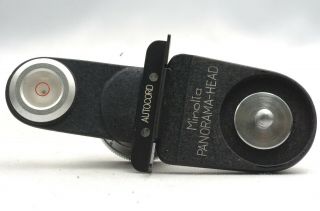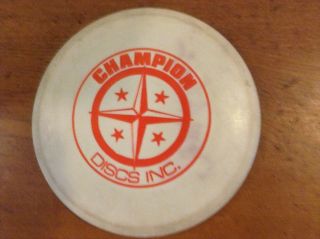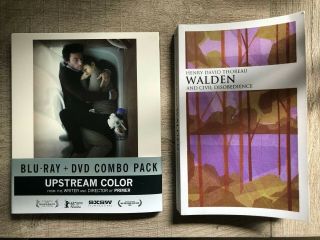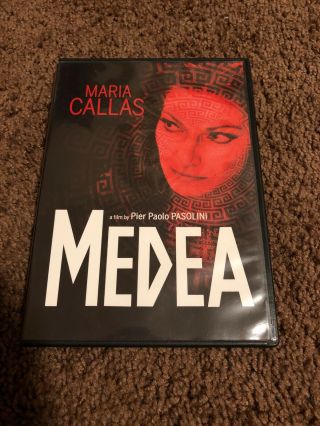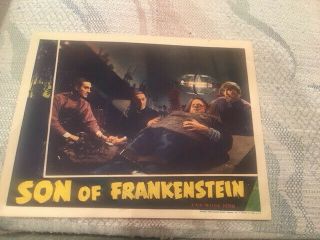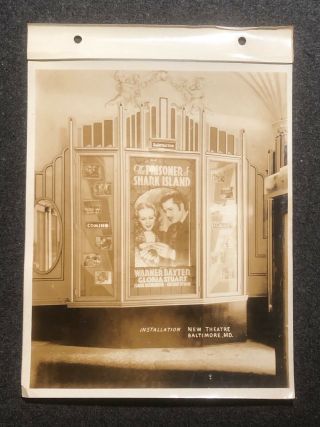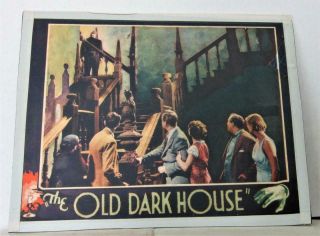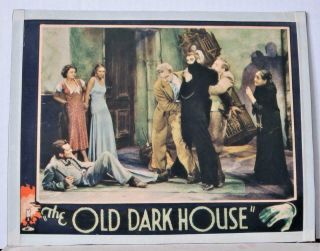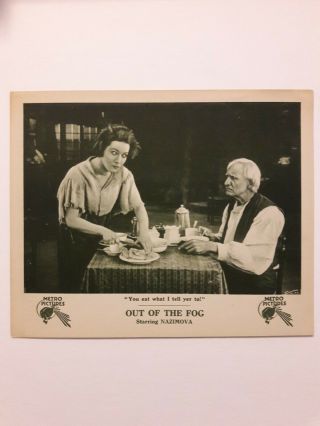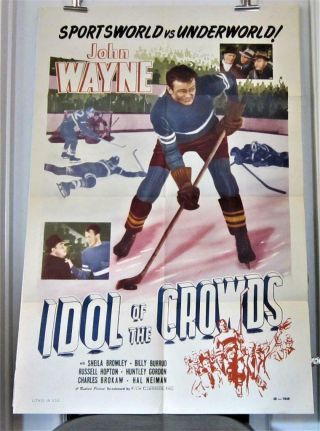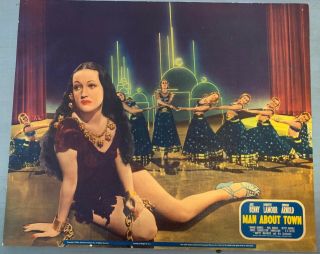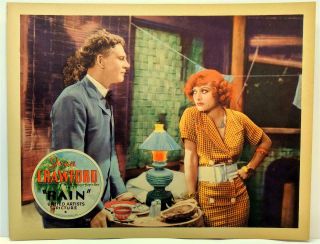Very Rare VITAPHONE Talkie Discs For Films “MY MAN” 1928 /“ON WITH THE SHOW”1929
Item History & Price
| Reference Number: Avaluer:31128119 | Modified Item: No |
| Country: United States | Country/Region of Manufacture: United States |
ORIGINAL VITAPHONERECORD DISCS for “MY MAN” (1928) & “ON WITH THE SHOW” (1929)
This is likeopening a Hollywood time capsule from the late 20’s and the dawn of “TalkingPictures!” … Enclosed in an original “SoundDisc – The Voice of the Movies” metal shipping case (19.5 x 19.5 x 3 inches), are 2 Original Vitaphone 16 i...nch discs. One Disc for “On With the Show” – Reel# 6, and one disc for “My Man” – Reel # 8. In addition, enclosed is an“Overture” disc. Identified only by the name Louis Silver (Composer of the Al Jolson hit "April Showers"). Unfortunately, this disc isdamaged. (see pictures). Total weight of discs and case is 20 pounds.
The inside of the metal casehas a wooden shell for protecting its contents during shipping. Cardboard wasadded later for additional protection. There are also an additional 4 emptydisc sleeves in the case.
There are some writteninstructions made by a projectionist on the discs for cuing up the sound withthe picture on the film. Records would start to suffer from audible wear afteran estimated 20 playing’s (a check box system on the label was used to keepcount). “On With the Show” had 8 plays according to the check box, and “My Man”& “Overture” had no plays according to check box, providing they werechecked after played by the projectionist. Read the Vitaphone history below tounderstand how it works.
As I have no way of playing thesediscs, I cannot confirm what songs are on these 3 records.
On October 6th, 1927, TheJazz Singer premiered at the Warner Theatre in NewYork City, broke box-office records, established Warner Bros. as a major playerin Hollywood, and is traditionally credited with single-handedly launching the talkierevolution.
Warner BrothersOn With The Show opened on July 13th, 1929. It was the first full-length sound motionpicture produced entirely in color. It was the film debut of Ethel Waters andJohn W. Bubbles, and the first feature that Joe E. Brown (Some Like itHot ) made for Warner Brothers. Set contains Vitaphone Disc for Reel #6. Disc label shows that it received 8 plays (see history below)
The film was originallyreleased with the soundtrack recorded on Vitaphone discs, a sound-on-filmversion was later released, which required the left side of the image to becropped off in order to provide space for the optical track. Although this filmwas produced in two-strip Technicolor, all existing prints are Black &White. This version which seems to be all that has survived, is occasionallyshown on Turner Classic Movies. A black and white print has also been preservedby the Library of Congress.
Predating thisrelease was My Man which openedon December 15, 1928. Sound featured in the musical scenes only. This was thefirst feature film for Fanny Brice (who was portrayed by Barbara Streisand inFunny Girl & Funny Lady) and her only film for WB. Set contains VitaphoneDisc for Reel # 8. Disc label shows no plays.
This is anextremely rare film. In the IMDB trivia on the film it shows the following: “No complete copyof this film is known to exist. Please check your attic!”(May 1999 update: reels 1, 4, and11 were recently found.)
The damaged Overture disc was composed by Louis Silver. He composed the Al Jolson hit "AprilShowers" in collaboration with lyricist Buddy G. DeSylva, in 1921. Prior tothat worked in vaudeville as pianist, and, subsequently, as musical directorfor shows by impresario Gus Edwards. Wrote songs for the Paul Whiteman and Orchestra in theearly 1920's. Silvers came to Hollywood in 1927, starting at Warner Brothers ascomposer and musical director, importantly scoring the first talkie The Jazz Singer (1927). LeftWarners in 1930, free-lanced, then joined MGM in 1933; next at Columbia1934-35. Had his best period at 20th Century Fox between 1936 and 1940, workingon several A-grade features (and garnering three Oscar nominations in theprocess), among them In Old Chicago (1938), Suez (1938) and Jesse James (1939). Free-lancedagain from the 1940's, scoring B-movies (primarily westerns and crimemelodramas) for minor studios, including Republic.
A Brief Vitaphone History
Vitaphone was a sound film system used for featurefilms and nearly 1, 000 short subjects made byWarner and its sister studio First National from 1926 to1931. Vitaphone was the last major analog sound-on-disc system and theonly one which was widely used and commercially successful. The soundtrack wasnot printed on the film itself, but issued separately on phonographrecords. The discs, recorded at 33 1⁄3rpm (a speed first used forthis system) and typically 16 inches (41 cm) in diameter, would be played on aturntable physically coupled to the projector motor while the film was beingprojected, achieving a frequency response of 4300 Hz.
Many early talkies, such as TheJazz Singer (1927), used the Vitaphone system. Thename "Vitaphone" derived from the Latin and Greek words, respectively, for "living" and "sound".
At first, theproduction of Vitaphone shorts and the recording of orchestral scores werestrictly a New York phenomenon, taking advantage of the bountiful supply ofstage and concert hall talent there, but the Warner’s soon migrated some of this activity to their more spaciousfacilities on the West Coast. Dance band leader Henry Halstead is givencredit for starring in the first Vitaphone short subject filmed in Hollywoodinstead of New York. Carnival Night in Paris (1927) featured the HenryHalstead Orchestra and a cast of hundreds of costumed dancers in a Carnivalatmosphere.
A Vitaphone-equipped theatre had normal projectorswhich had been furnished with special phonographturntables and pickups; a fader; an amplifier; and a loudspeaker system. Theprojectors operated just as motorized silent projectors did, but at a fixedspeed of 24 frames per second andmechanically interlocked with the attachedturntables. When each projector was threaded, the projectionist would align astart mark on the film with the filmgate, then cue up the corresponding soundtrack disc onthe turntable, being careful to place the phonograph needle at a pointindicated by an arrow scribed on the record's surface. When the projector wasstarted, it rotated the linked turntable and (in theory) automatically kept therecord "in sync" (correctly synchronized) with the projected image.
in April 1925.Warner Bros. introduced Vitaphone on August 5, 1926 with the premiere of theirsilent feature Don Juan, which had beenretrofitted with a symphonic musical score and sound effects. There was nospoken dialog.
Don Juan was able to draw huge sums of money at the boxoffice, but was not able to match the expensive budget Warner Bros. put intothe film's production. After its financial failure, Paramount head AdolphZukor offered Sam Warner a deal as anexecutive producer for Paramount if he brought Vitaphone with him. Sam, notwanting to take any more of HarryWarner's refusal to move forward with using sound infuture Warner films, agreed to accept Zukor's offer, but the deal died afterParamount lost money in the wake of RudolphValentino's death. Harry eventually agreed to acceptSam's demands.[6] Sam then pushedahead with a new Vitaphone feature starring Al Jolson, the Broadwaydynamo who had already scored a big hit with early Vitaphone audiences in APlantation Act, a musical short released onOctober 7, 1926. On October 6, 1927, The Jazz Singer premieredat the Warner Theatre in New York City, broke box-office records, establishedWarner Bros. as a major player in Hollywood, and is traditionally credited withsingle-handedly launching the talkie revolution.
Vitaphone was eventuallyreplaced by the new sound process. It’s innovations notwithstanding, the Vitaphoneprocess lost the early formatwar with sound-on-film processes for many reasons:
Distribution – Vitaphone records had to be distributed alongwith film prints, and shipping the records required a whole infrastructureapart from the already-existing film distribution system. The records wouldstart to suffer from audible wear after an estimated 20 playing’s (a check boxsystem on the label was used to keep count) and were then supposed to bereplaced with a fresh set. Damage and breakage were inherent dangers, so aspare set of discs was usually kept on hand, further adding to the costs.
Synchronization – Vitaphone was vulnerable to severesynchronization problems, famously spoofed in MGM's 1952 musical Singin' in the Rain. If arecord was improperly cued up, it would start out of sync with the picture andthe projectionist would have to try to manually acquire sync. If the wrongrecord had been cued up there was no realistic option but to pause the show fora few minutes while swapping in the correct disc, resetting everything andstarting that reel again. If the film print became damaged and was notprecisely repaired, the relationship between the record and the print would bethrown off, also causing a loss of sync. Vitaphone projectors had speciallevers and linkages to advance and retard sync, but only within certain limits.Scrupulous care and attention were demanded from the projectionist. In theabsence of humanerror and the occasional malfunction that can befall anycomplicated machine, the Vitaphone system worked as intended, but when aproblem did occur it could be an embarrassing disaster.
Vitaphone soundtrack discs:
In 1924–1925, when WesternElectric established the format of the system which would eventually be namedVitaphone, they settled on a 16-inch (41 cm) diameter disc rotating at 33 1/3 rpm as a good practicalcompromise of disc size and speed. The slow speed permitted the 11-minuteplaying time needed to match the maximum running time of a then-standard 1000foot (300 meter) reel of film projected at 24 fps, yet the increaseddiameter preserved the average effective groove velocity, and therefore thesound quality, of a smaller, shorter-playing record rotating at thethen-standard speed of about 78 rpm.
Like ordinary pre-vinyl records, Vitaphone discs were madeof a shellaccompound rendered lightly abrasive by its major constituent, finely pulverizedrock. Such records were played with a very inexpensive, impreciselymass-produced steel needle with a point that quickly wore to fit the contour ofthe groove, but then went on to wear out in the course of playing one discside, after which it was meant to be discarded and replaced. Unlike ordinaryrecords, Vitaphone discs were recorded inside out, so that the groove startednear the synchronization arrow scribed in the blank area around the label andproceeded outward. During playback, the needle would therefore be fresh wherethe groove's undulations were most closely packed and needed the most accuratetracing and suffering from wear only as the much more widely spaced and easilytraced undulations toward the edge of the disc were encountered.
Initially, Vitaphone discshad a recording on one side only, each reel of film having its own disc. As thesound-on-disc method was slowly relegated to second-class status, cost-cuttingchanges were instituted, first by making use of both sides of each disc fornon-consecutive reels of film, then by reducing the discs to 14 or 12 inches(36 or 30 cm) in diameter. The use of RCA Victor's new "Vitrolac", alightweight, flexible and less abrasive vinyl-based compound, made it possibleto downsize the discs while actually improving their sound quality.
There were exceptions to the16-inch (41 cm) standard size of 1920's Vitaphone discs. In the case of veryshort films, such as trailers and some of theearliest musical shorts, the recording, still cut at 33 1/3 rpm and working outward froma minimum diameter of about 7 1/2 inches (19 cm), waspressed on a 12-or-10-inch (30 or 25 cm) disc when the smaller size sufficed.
Xpresspost shipping & handling fee within North America $75.
Ships within 2 business days. Buyer is responsible for any applicable duties and taxes.
Please contact seller for rates to ship overseas.
Alternate shipping methods are available, please contact seller.



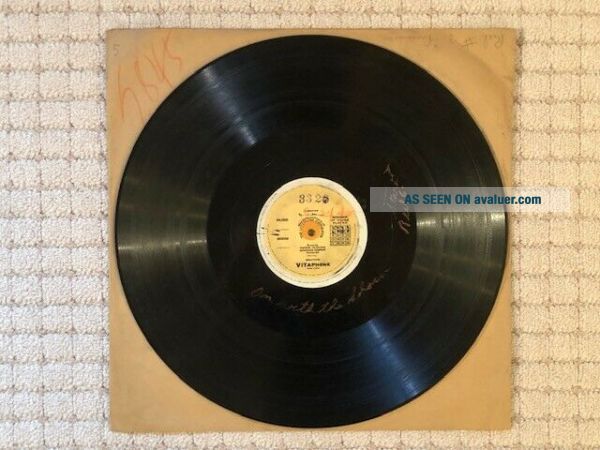
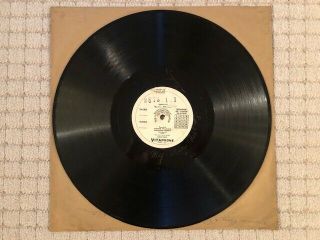
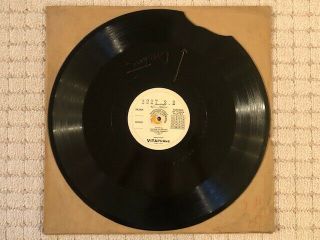
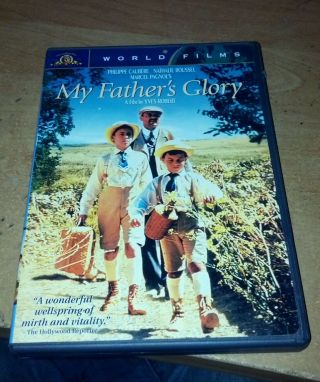
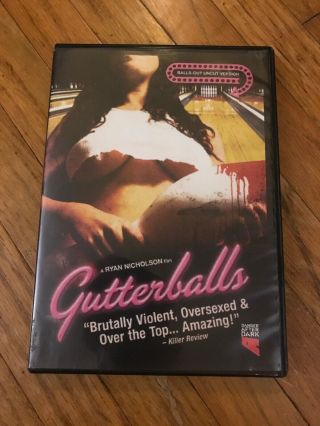
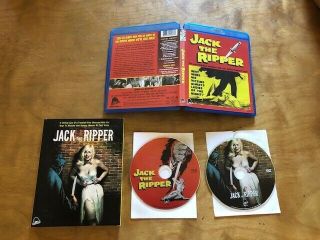
![Mpp Quarter Plate Adapters For 4x5. Very Rare. - 4e [7783]](https://pic-d.avaluer.net/imgstmb/d/k/d/m/g/-mpp_quarter_plate_adapters_for_4x5___very_rare_____4e_7783-1_55_tmb.jpg)
